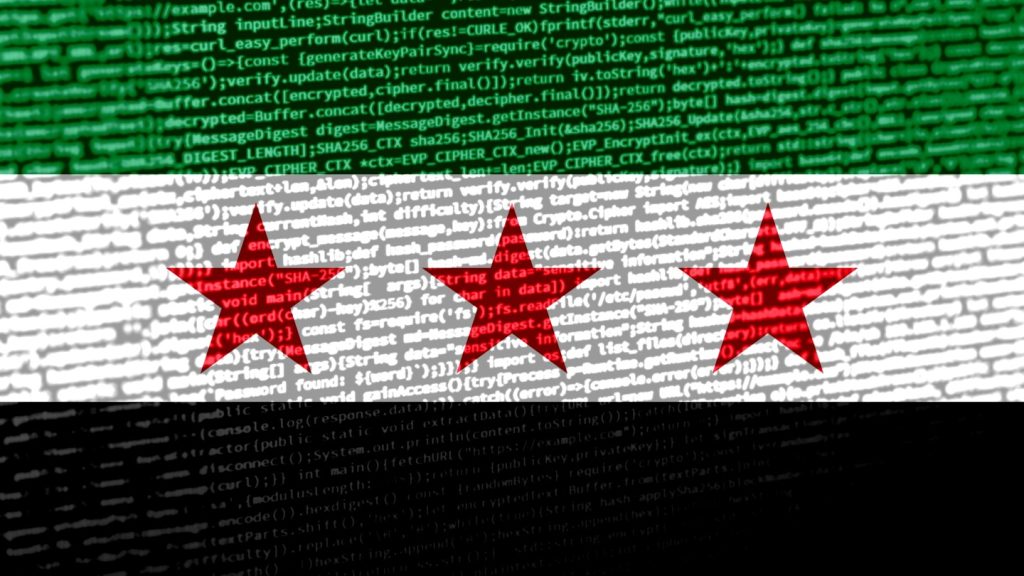Syria’s Misinformation Claims Distract from Underlying Sectarian Violence
The Syrian government and its allies frequently assert that they are victims of a widespread disinformation campaign, claiming millions of articles are published to discredit them. This narrative, echoed by some analysts, suggests Syria is under attack in a global information war, particularly from countries like Israel. While misinformation undoubtedly exists, focusing on it distracts from the core issue: credible evidence of sectarian violence perpetrated by pro-government forces. This violence, documented through verifiable footage and eyewitness accounts, cannot be dismissed by simply labeling contradictory reports as “misinformation.” The government’s strategy of deflecting criticism by pointing to inaccuracies in some reporting serves to obscure the very real and pressing issue of sectarian violence plaguing the nation.
The conflict in Gaza serves as a relevant parallel. While inaccurate information, such as misrepresented images and statistics, has circulated about the crisis, this does not negate the undeniable devastation of civilian infrastructure and widespread hunger within Gaza. Similarly, while some reports regarding sectarian violence in Syria might be inaccurate or exaggerated, the existence of such misinformation should not overshadow the very real instances of violence against minority communities. These documented incidents, such as the coastal massacres targeting Alawites and the atrocities in the Druze province of al-Suwayda’, demand acknowledgement and accountability. Dismissing these events as mere fabrications of a disinformation campaign is a dangerous tactic that allows the actual perpetrators to evade responsibility.
The manipulation of information is not exclusive to one side of the conflict. Pro-government supporters have also engaged in spreading misinformation, particularly concerning incidents of sectarian violence. For instance, following the massacre at the Radhwan family guesthouse in al-Suwayda’, some pro-government voices falsely attributed the violence to Druze militias targeting Bedouins, a claim contradicted by the Radhwan family’s testimony and later evidence. Similarly, images initially presented as Druze aggression against Bedouins were later revealed to depict pro-government forces attacking Druze civilians. While such instances of misinformation should be identified and corrected, they do not negate the very real violence and displacement suffered by the Bedouin community in al-Suwayda’ at the hands of Druze militias.
Beyond large-scale events, there are ongoing reports of violence against individuals from minority communities, pointing to deeper systemic issues. The case of Qays Ghreeb, a Twelver Shia from Nubl and al-Zahara’ in Aleppo province, exemplifies these concerns. Ghreeb went missing after traveling to al-Bab for work, and reports suggest he was kidnapped and murdered, despite his family paying a ransom. While further investigation is necessary, this incident, and others like it, fuel fear and distrust among minority communities, making them hesitant to venture outside their villages or reveal their identities in Aleppo city. The fear is exacerbated by the unequal application of disarmament policies, where minority communities have surrendered their weapons, while surrounding Sunni communities retain theirs.
The continued presence of weapons within specific communities contributes to a sense of insecurity and fuels anxieties about potential future violence. The fact that some pro-government Sunni supporters believe disarmament should not apply to their community further complicates the issue and raises questions about the government’s commitment to establishing a truly secure and equitable environment for all citizens. The final statement from Hurras al-Din, the former Syrian al-Qaeda affiliate, even highlighted this concern, urging the new government to permit Sunnis to keep their weapons.
The government’s focus on alleged “misinformation campaigns” serves as a diversion tactic, drawing attention away from pressing issues that require immediate address. True stability in Syria hinges on achieving comprehensive disarmament across all communities and enforcing the rule of law equally. Rather than fixating on narratives of external conspiracies and disinformation campaigns, the government should prioritize addressing the underlying causes of sectarian violence and fostering a climate of trust and security for all its citizens. This involves investigating and prosecuting perpetrators of violence, regardless of their affiliation, and ensuring that all communities feel safe and protected under the law. A long-term solution demands tackling the root causes of the conflict and working towards genuine reconciliation and peaceful coexistence among all Syrian communities. Only then can lasting peace and stability be achieved.


